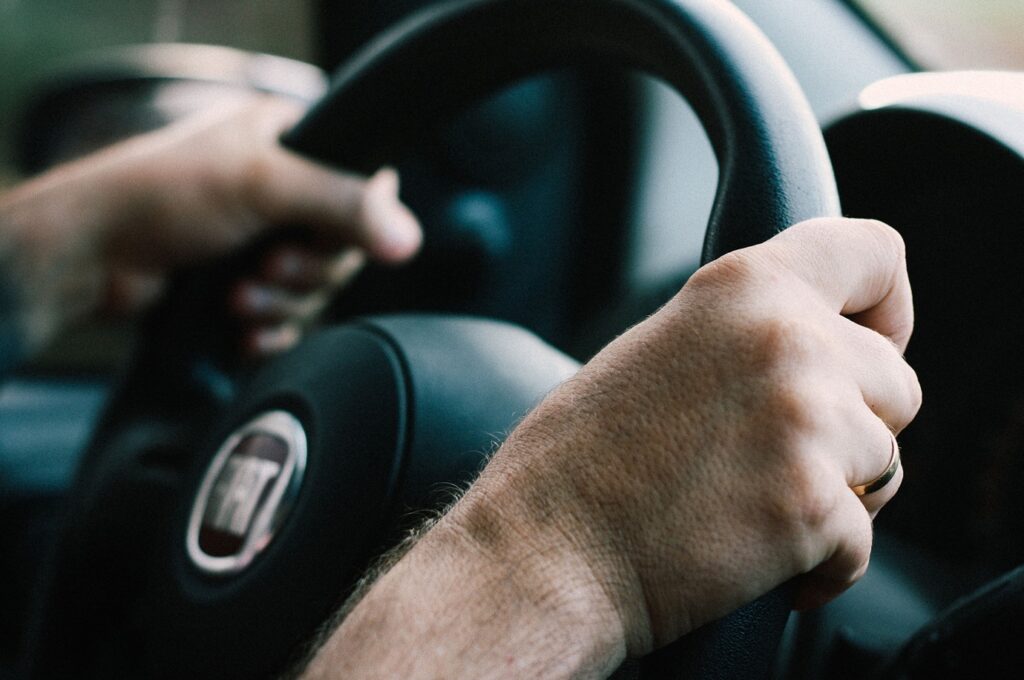Drink Driving: Drivers Advised To Increase Water Consumption Behind The Wheel

Drink driving is a topic that’s heavily discussed in the UK, with many people aware of the risks that come with being under the influence of alcohol while behind the wheel. However, the importance of being well hydrated is much less discussed, with the motoring experts at Scrap Car Comparison warning drivers that being dehydrated behind the wheel could be just as risky.
According to research by Loughborough University, even mild dehydration can be as dangerous as driving while over the limit – something that could be affecting millions of UK drivers on a daily basis. The study found that the number of driver errors observed in drivers under laboratory conditions more than doubled when they were dehydrated, which is a similar level to the number that would be expected when under the influence of drugs or alcohol.
Although the amount of water we drink per day may vary due to activity levels and other environmental factors, the NHS and British Dietetics Association recommend that adults in the UK consume between 1.5l and 2.5l per day, or around six to eight glasses of fluid. However, findings in PureGym’s UK Fitness Report suggests that most Brits are consuming far less than this, at just 726 ml per day, leaving them at risk of being significantly dehydrated.
Although it can be tempting to avoid consuming fluids either before or during a car journey, to prevent needing to use the facilities at a service station, based on the statistics around the increased risks of being dehydrated, it’s much better than the possible alternatives.
Based on the average time spent awake in every 24-hour period, for a one-hour car journey, adults should be aiming to drink a minimum of 100ml. However, this does of course increase depending on the length of the journey, meaning that adults undertaking a car journey of 6+ hours should be drinking a minimum of 600ml – the equivalent of two average sized single-use bottles.
To help drivers to increase the amount they drink during long journeys, Scrap Car Comparison have created a handy guide that details the recommended water intake for each hour driven.
The Recommended Water Intake Per Hour Spent Driving
Hours Spent Driving
Minimum Recommended Water Intake (ml/hr)
1
100 – 167
2
200 – 333
3
300 – 500
4
400 – 667
5
500 – 833
6
600 – 1000
7
700 – 1167
8+
800 – 1333
How Can I Safely Drink Behind The Wheel?
Though it’s important to stay hydrated while behind the wheel, it’s important for drivers to ensure that they are doing so safely. As with eating, if drivers lose control of a vehicle as a result of being distracted, they run the risk of being charged with careless driving and receiving an on-the-spot fine of £100 and three points on their licence. If this distracted driving causes an accident, the penalties can rise to a fine of £5,000 with nine points on their licence.
With this in mind, the motoring experts at Scrap Car Comparison have also shared their top tips that make staying hydrated while behind the wheel easy:
1. Take a reusable bottle – if you know you’re going on a longer drive, taking the time to plan and pack a reusable bottle is definitely worthwhile. Generally, reusable bottles are bigger than the single-use alternatives that you may pick up at a petrol station, so will be able to fit plenty of water to keep you hydrated on your journey.
2. Opt for bottles with a sports-style top – whether you’re using a single-use or reusable bottle, those with sports-style tops make drinking much easier than their screw-top counterparts. Reducing the need for using both hands to unscrew the cap is not only safer for you as the driver, but also makes drinking more straightforward, leaving you more likely to have sips little and often.
3. Take small sips – though it can be tempting to have a good drink of water when you eventually do get the drink in your hand, taking small sips is the better option. Having longer drinks requires you to have one hand off the steering wheel for much longer, increasing the risk of losing control, particularly if you need to change gear or negotiate a corner, junction or roundabout. Similarly, taking small sips more frequently will make it much easier to consume the water you need to stay hydrated.
4. Pick your moment – on almost any drive, there will be times when you’ll need to change gears a lot, or navigate multiple junctions or roundabouts, and others where you are coasting in a straight line for an extended period of time. It should go without saying, but use common sense, and when to take a sip, to avoid any issues.
5. Ask your passengers for help – passengers are great company and are often tasked with things like music selection and navigation, so add being a water monitor to their list! Passengers can help open any bottles and pass them to you to reduce your level of distraction, and also remind you to have regular drinks during your drive.
David Kottaun, Operations Manager at Scrap Car Comparison commented: “Everyone knows that driving under the influence of alcohol, or ‘drink driving’ is something that should be avoided, but it’s quite staggering to realise that being dehydrated can have a similar impact on our driving ability. I’m sure most drivers will relate to being on a long drive without enough to drink, only to find themselves feeling somewhat under the weather, or with a bad headache when they reach their destination – particularly if it’s a warm day!”
“Similarly, it can be tempting to avoid any service station stops by consuming less liquid, to try and push on through the journey. However, taking regular breaks is always advisable for long journeys to help reduce tiredness, so, needing to take these stops is actually only going to be a good thing and beneficial for our driving overall. Hopefully, hearing these statistics may give some drivers a wake-up call, and encourage them to make more of an effort with their hydration in future.”





